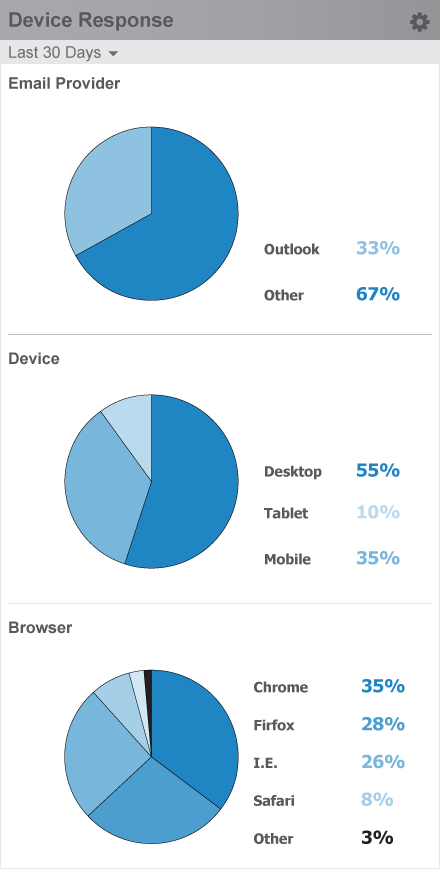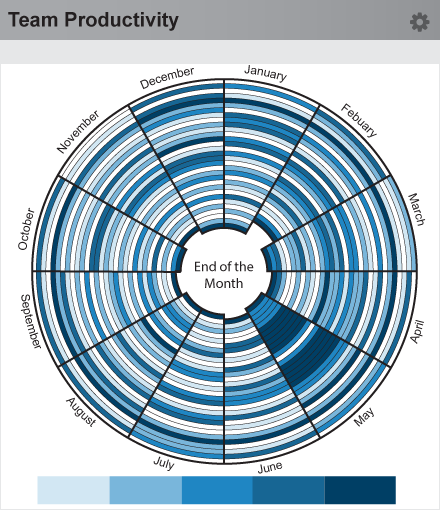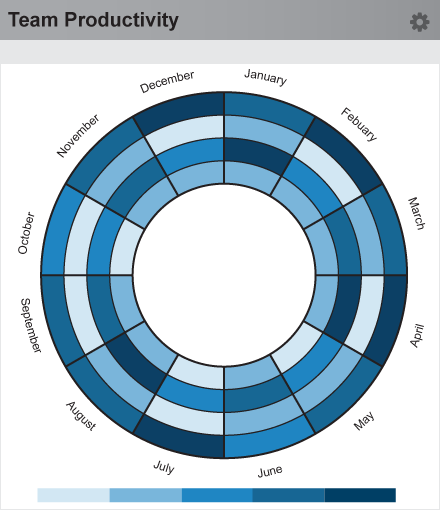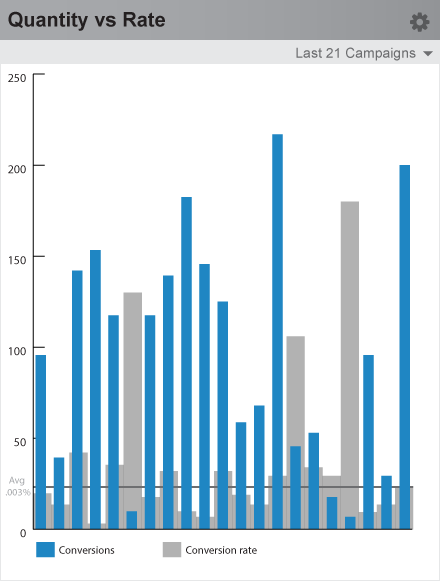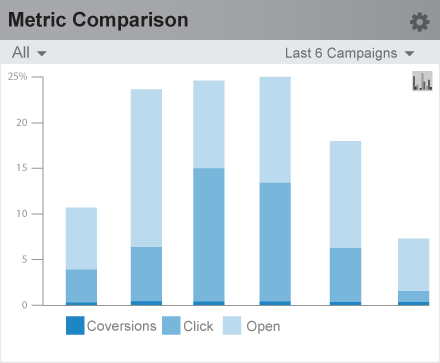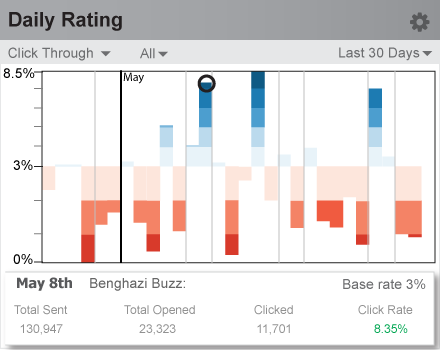My first client
I had done internships before graduating, but that was not the same as having your first client project at your first job. I was eager and jumped headfirst into trying to understand Emailvision's marketplace. It was also really scary. I had never faced the proposition of failing having real consequences. i had never worked with developers. I had never worked with another designer as my boss. I was in new territory and had to learn how to be a professional designer instead of a student.
One of the core aspects of working in a team is learning to work within the team dynamic. Some of your colleagues will put on headphones and in 8 hours you will see the idea you had come to life in a demo. Some of your colleagues will want to discuss every detail on the phone for days before committing to a final design. On this project I was working on a team of 5 people. I had my creative director, who had been working on the project for a few days when I started. And then there were 3 members from Emailvision, A product owner and two developers. They wanted us to design 8 widgets that would be turned into a proof of concept for their live reporting dashboard.
My director and I split the work, four widgets each. I focused on the Team Productivity, the Multi-Variant(split) Testing, The Geographic mapping, and the Device Response widgets. We didn't want to over deliver on design flourishes because this was a proof of concept. We wanted to deliver designs they could execute on quickly and accomplished our goals of being the best data visualization option for the metrics they were capturing and would have a small learning curve. I breezed through my widgets, I thought being a designer was going to be pretty easy.
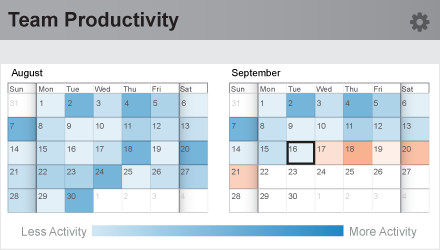
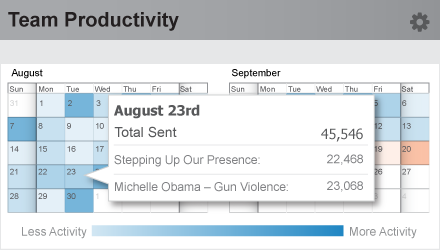
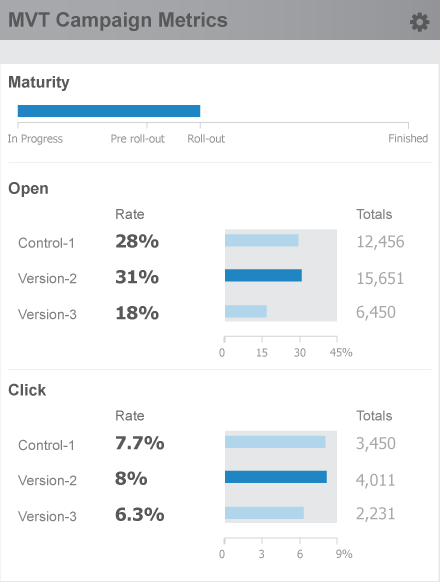

When we finished our design process early, we wanted to impress our client by offering them a few conceptual ideas for future enhancements. I had really enjoyed the data visualization exercises so my partner and I decided to follow two different approaches for future work they could take on. I thought I had a grasp on data visualization, but boy was I wrong. I quickly learned that there is not always one option for displaying data. I came up with concepts that I could not figure out how to create a systematic data visualization that would be easy to understand. I had to ask help from the head of design multiple times just to get a basic understanding of some graphs. It took weeks, but my perseverance finally paid off when I delivered these 7 future concept widgets.
The client ended up loving the future thinking work more than the original widgets we delivered. Because the work we did surpassed expectations, our clients decided to extend our contract to work on their flagship product when their proof of concept was not allowed to be fully built.
Does dashboard navigation have to be confusing?
That was the question I asked after receiving a demo of their reporting dashboard and receiving a 102-page manual on how to navigate between reports. It turns out I would ask that question at every job I have had as I worked on dashboards at JP Morgan and at SERMO.
My creative director and I tore into their product to create improvements in anyway we could. We enhanced the navigation, the data tables, the filters, and the data visualizations. I learned that design works best in teams. When my partner introduced the idea of sparklines into the table, I thought it was genius. The next day I was inspired and brought the idea to him that we could use a similar concept but instead of seeing the success of segments inline, we could make them larger and define success by relative comparison. Similarly when I proposed the idea of a carousel navigation, he helped me enhance it to be less visually noisy while maintaining its ease of use.
After delivery, the enhancements were originally approved but ended up getting canceled when Emailvision was acquired.

